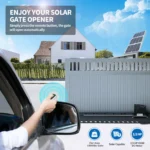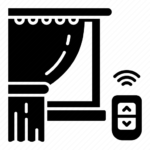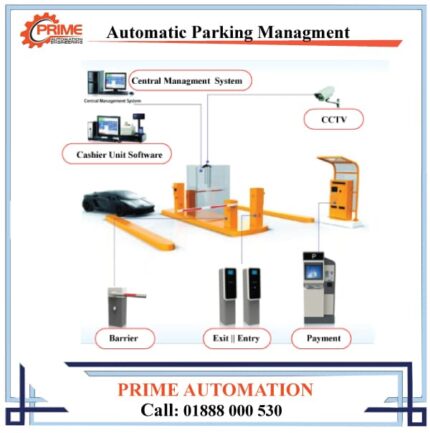Automatic Car Parking Barrier System Overview:




- Components of the System:
- Barrier Arm: The physical arm that raises and lowers to allow or restrict entry.
- Motor and Mechanism: Powers the movement of the barrier arm.
- Control Panel: The central control unit that manages the operation of the barrier.
- Sensors: Detect the presence of vehicles or obstructions.
- Working Mechanism:
- When a vehicle approaches, sensors detect its presence.
- The control panel processes the information and activates the motor to raise the barrier arm.
- After the vehicle passes, the barrier arm lowers, restricting access.
- Remote Control Operation:
- Many automatic parking barriers come with remote control for manual operation.
- Remote controls allow users to open or close the barrier without leaving their vehicles.
- Security Features:
- Obstruction Sensors: Prevents the barrier arm from closing on a vehicle or object.
- Access Control Integration: Can be connected to access control systems for added security.
- Remote Monitoring: Some systems offer remote monitoring and control via smartphone apps.
Use Cases:
- Driveway Security:
- Automatic parking barriers for driveways enhance security by controlling vehicle access.
- Remote control features provide convenience for homeowners.
- Residential Parking:
- Automatic parking gate systems at home ensure controlled entry to private parking spaces.
- Ideal for maintaining security and preventing unauthorized access.
- Commercial Parking Areas:
- In commercial settings, these barriers manage access to parking lots or restricted zones.
- Integrated systems provide a seamless experience for employees and visitors.
Benefits:
- Convenience:
- Users can control access with the touch of a button, reducing the need for manual monitoring.
- Security:
- Acts as a deterrent against unauthorized vehicles and enhances overall property security.
- Customization:
- Systems can be tailored to specific needs, including adjustable opening and closing times.
- Durability:
- Designed to withstand environmental factors, ensuring long-term reliability.
Considerations:
- Installation and Maintenance:
- Professional installation is recommended for optimal performance.
- Regular maintenance ensures smooth operation over time.
- Power Supply:
- Ensure a reliable power source, and consider systems with backup options for power outages.
- Integration:
- Choose systems that can integrate with other security or access control systems if needed.








 Automatic Gate
Automatic Gate



































